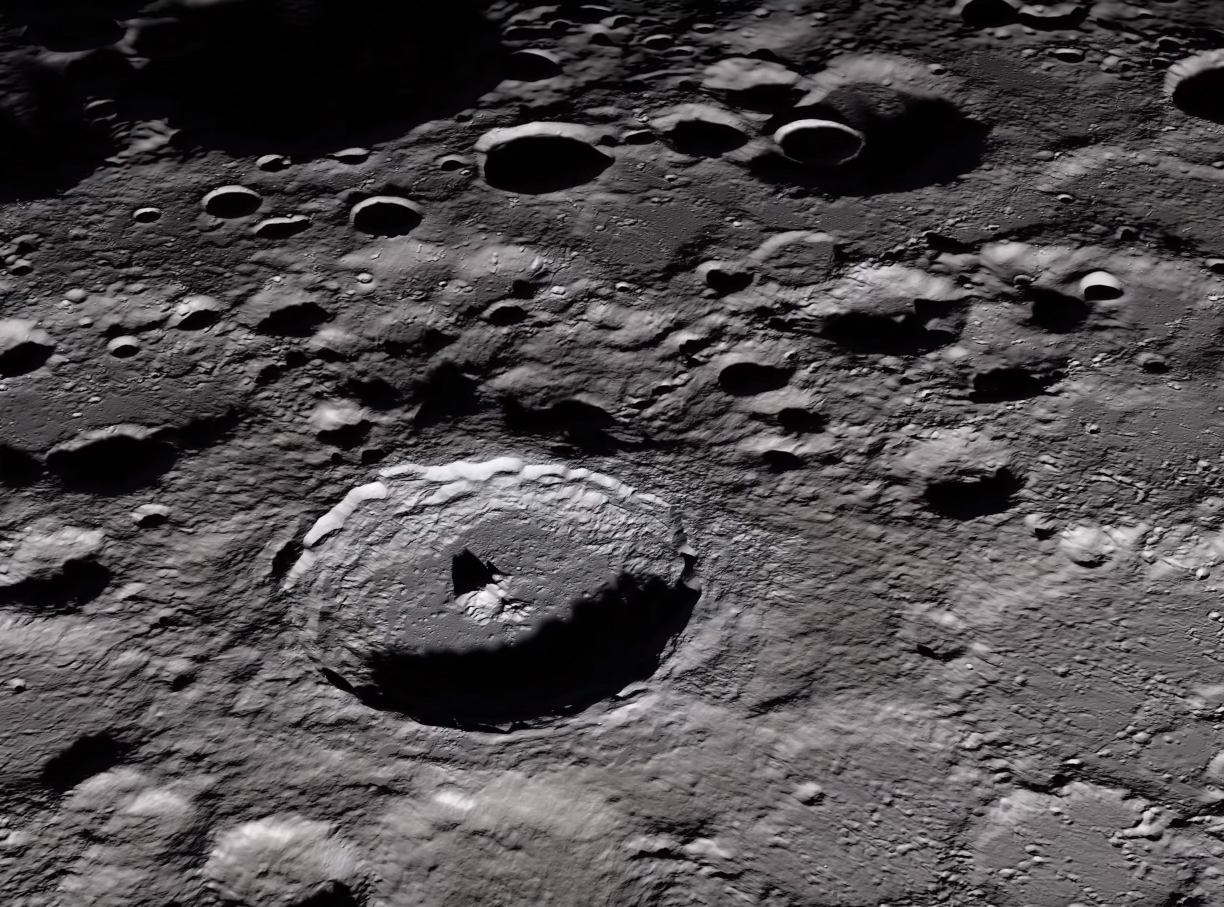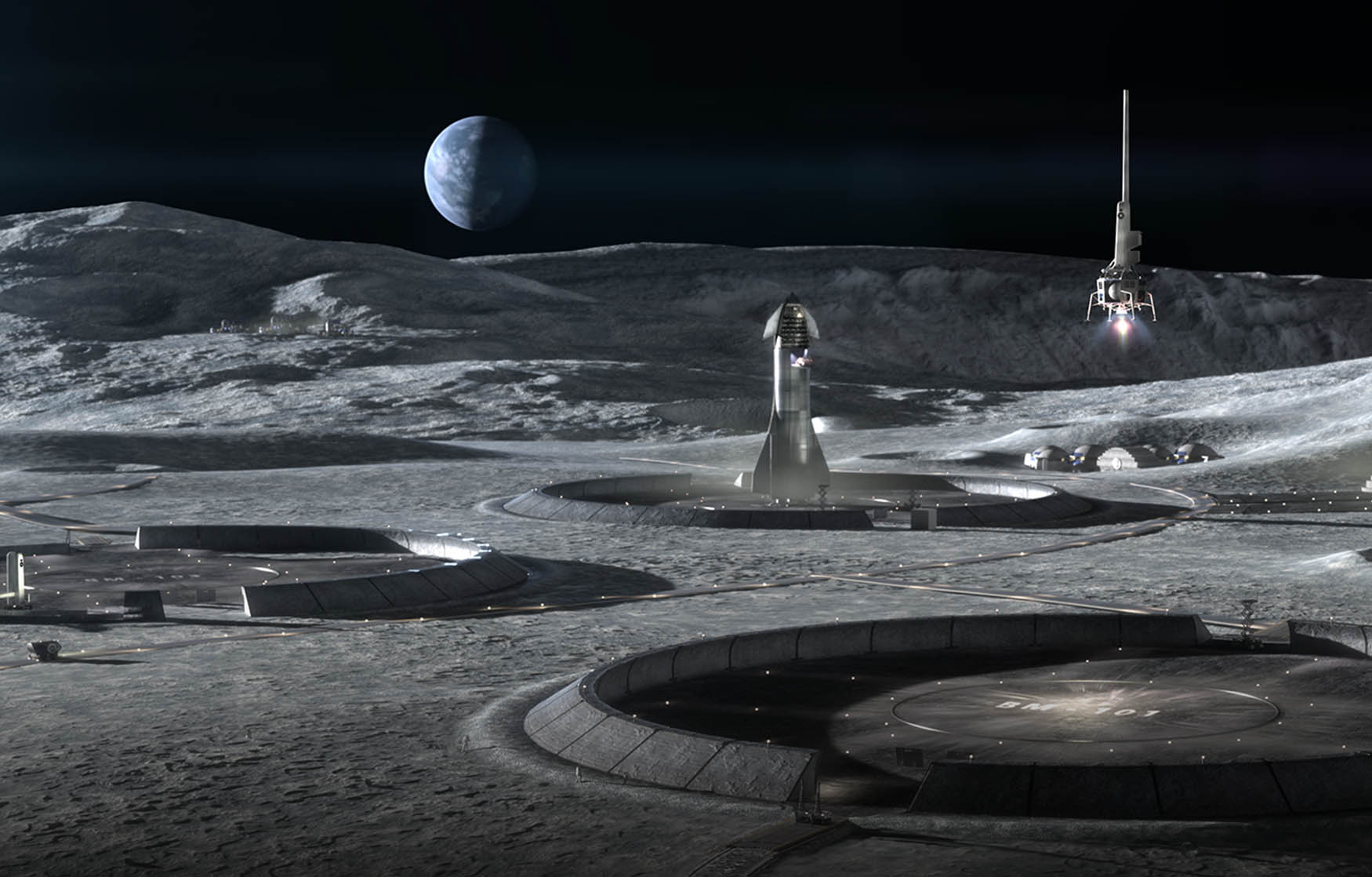Here’s where we might really be able to set up a colony on the Moon
Hopes of one day making a lunar colony may have found some extra encouragement. Normally, the surface of the Moon reaches upwards of 260 degrees Fahrenheit during the day. Then, it drops to a chilling minus 280 degrees Fahrenheit at night. However, research shows some lunar pits stay around 63 degrees Fahrenheit, providing much-needed safety from the elements.
New research shows stable temperatures in lunar pits could be perfect for lunar colonies
These stable temperatures could provide additional protection for a possible Moon-based colony. Additionally, access to caves and other formations that humans can shelter it may be found within such pits. If we were to create a lunar colony on the surface of the Moon, building it within such a pit may prove worthwhile in helping protect from intense temperatures.
We first discovered pits on the Moon in 2009. Since then, scientists have long wondered whether they might lead to caves or underground structures. While we can’t say for sure, this new research proves that they have much more stable temperatures than other surface areas on the Moon.
These stable temperatures are important for the viability of a lunar colony for multiple reasons. First, if the temperatures are stable and stick around 63 degrees Fahrenheit, we could build systems that work well within those areas. Whereas if we built those same structures on the main surface, we’d have to account for the wild temperature changes.
Long-term study of the lunar surface

NASA is already planning to send humans back to the Moon in the next few years. However, being able to create a long-term lunar colony would be astounding. Additionally, doing so would allow us to open a new door to studying the Moon and its surface.
Not only could be test the long-term effects of the lower gravity on humans, but we might also be able to make some breakthroughs on creating artificial gravity. That would help combat any long-term effects the lower gravity of places like the Moon and Mars might have on the human body.
Additionally, building a lunar colony could allow us better on-site testing of growing plants in lunar soil. Growing plants in places that aren’t normally acclimated for it would be a huge breakthrough for space exploration ad colonization. The researchers published their findings in the journal Geophysical Research Letters.
Hopes of one day making a lunar colony may have found some extra encouragement. Normally, the surface of the Moon reaches upwards of 260 degrees Fahrenheit during the day. Then, it drops to a chilling minus 280 degrees Fahrenheit at night. However, research shows some lunar pits stay around 63 degrees Fahrenheit, providing much-needed safety from the elements.
New research shows stable temperatures in lunar pits could be perfect for lunar colonies

These stable temperatures could provide additional protection for a possible Moon-based colony. Additionally, access to caves and other formations that humans can shelter it may be found within such pits. If we were to create a lunar colony on the surface of the Moon, building it within such a pit may prove worthwhile in helping protect from intense temperatures.
We first discovered pits on the Moon in 2009. Since then, scientists have long wondered whether they might lead to caves or underground structures. While we can’t say for sure, this new research proves that they have much more stable temperatures than other surface areas on the Moon.
These stable temperatures are important for the viability of a lunar colony for multiple reasons. First, if the temperatures are stable and stick around 63 degrees Fahrenheit, we could build systems that work well within those areas. Whereas if we built those same structures on the main surface, we’d have to account for the wild temperature changes.
Long-term study of the lunar surface

NASA is already planning to send humans back to the Moon in the next few years. However, being able to create a long-term lunar colony would be astounding. Additionally, doing so would allow us to open a new door to studying the Moon and its surface.
Not only could be test the long-term effects of the lower gravity on humans, but we might also be able to make some breakthroughs on creating artificial gravity. That would help combat any long-term effects the lower gravity of places like the Moon and Mars might have on the human body.
Additionally, building a lunar colony could allow us better on-site testing of growing plants in lunar soil. Growing plants in places that aren’t normally acclimated for it would be a huge breakthrough for space exploration ad colonization. The researchers published their findings in the journal Geophysical Research Letters.
